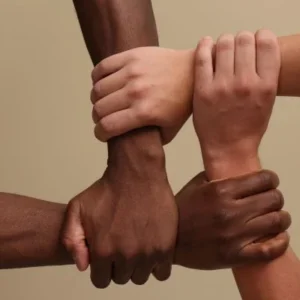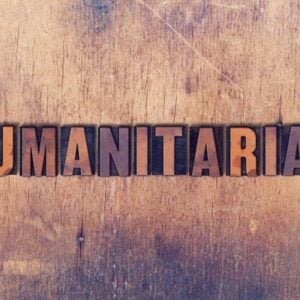The United Nations World Food Programme (WFP), in partnership with the European Union (EU), is launching a travelling art exhibition titled “Gaza: Stories of Hope and Resilience” to showcase the work of Gazan painter Ahmed Muhanna to European audiences for the first time. Opening in Brussels on 15 September 2025, the exhibition will tour nine European cities through October. Featuring over 40 original artworks brought from Gaza, it provides a deeply personal perspective on life, loss, and resilience amid the worsening humanitarian crisis in the region.
Muhanna began painting on the cardboard boxes used by WFP to deliver food aid, turning them into canvases that document the daily struggles and survival of Gazan families. These boxes, once vessels of essential aid, now carry stories of endurance and hope. The artist explained that his work connects hope to pain, reflecting experiences from starvation to the struggle to access food and water, with the exhibition serving as a bridge to raise international awareness of the suffering endured by Gaza’s population.
Antoine Renard, WFP’s Country Director for Palestine, emphasized the human dimension behind the statistics, highlighting how the artworks give voice to those affected by hunger. Commissioner for Preparedness and Crisis Management Hadja Lahbib noted that the exhibition exemplifies both the tragedy and strength of Gaza’s residents, demonstrating how humanitarian aid not only saves lives but also amplifies the voices of ordinary people living amidst devastation.
The exhibition arrives at a critical moment as famine has been confirmed in Gaza City and threatens to spread across the region. Nearly two years of conflict and destruction have left the population in urgent need of humanitarian assistance. With EU funding, WFP continues to deliver food convoys into Gaza whenever access is possible, with €86 million contributed since October 2023 to support life-saving operations.
WFP and its partners are prepared to scale up assistance, but the agency stresses that faster clearances for aid trucks and safe, uninterrupted access within Gaza are essential. Ensuring that civilians can reach the most vulnerable families is vital to mitigating starvation and sustaining life-saving interventions. The exhibition thus serves both as an artistic showcase and a reminder of the ongoing need for humanitarian support in Gaza.







